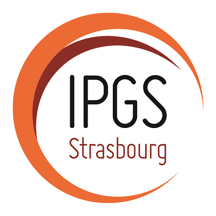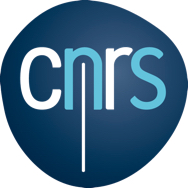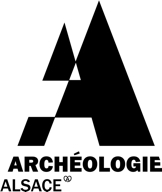Partners
IPGS is a joint research center under the supervision of the University of Strasbourg (Unistra) and the Centre National de la Recherche Scientifique (CNRS) housed at the Ecole et Observatoire des Sciences de la Terre (EOST). It is part of Unistra’s mission to train, research, observe and increase knowledge in Earth science. EOST trains professionals in subsurface studies (engineering and university degrees) and stands out in France for its specialization in geophysics. One of the IPGS research themes concerns magnetic measurement and its interpretation.
In this context, IPGS has developed a system that’s originality lies in the measurement of the three components of the magnetic field using fluxgate vector magnetometers, contrary to industrial and academic standards which consist in the use of scalar magnetometers. The advantage of the IPGS system is that the measurement of the three field components allows a simple mathematical compensation model of the effect of equipment magnetization to be calculated, which is not possible with scalar magnetometers, which then require a heavy and expensive active compensation unit. In addition, flux valve magnetometers are the lightest, most robust and energy-efficient of magnetic sensors.
These advantages make them the magnetometers of choice for drone onboard magnetic field measurement. This system is applied by IPGS for measurements on land, at sea, and in aircraft for various applications at different scales: archaeology, pyrotechnic diagnosis, network detection, geology, mining exploration, geothermics.
The research collaboration contract between IPGS and TERREMYS shows that this system can be integrated into light drones and that the quality of magnetic measurements complies with industry standards. The pooling of both human and technical resources allows the development of L.U.M.S. technology: Lightweight UAV Magnetic Surveys.
The objectives of this collaboration are hardware and software developments that allow, on the one hand, a perfect integration between drone navigation data and magnetic data and, on the other hand, the development of data acquisition and quality control procedures adapted to aerial work by drone.
Partners
Project funded by
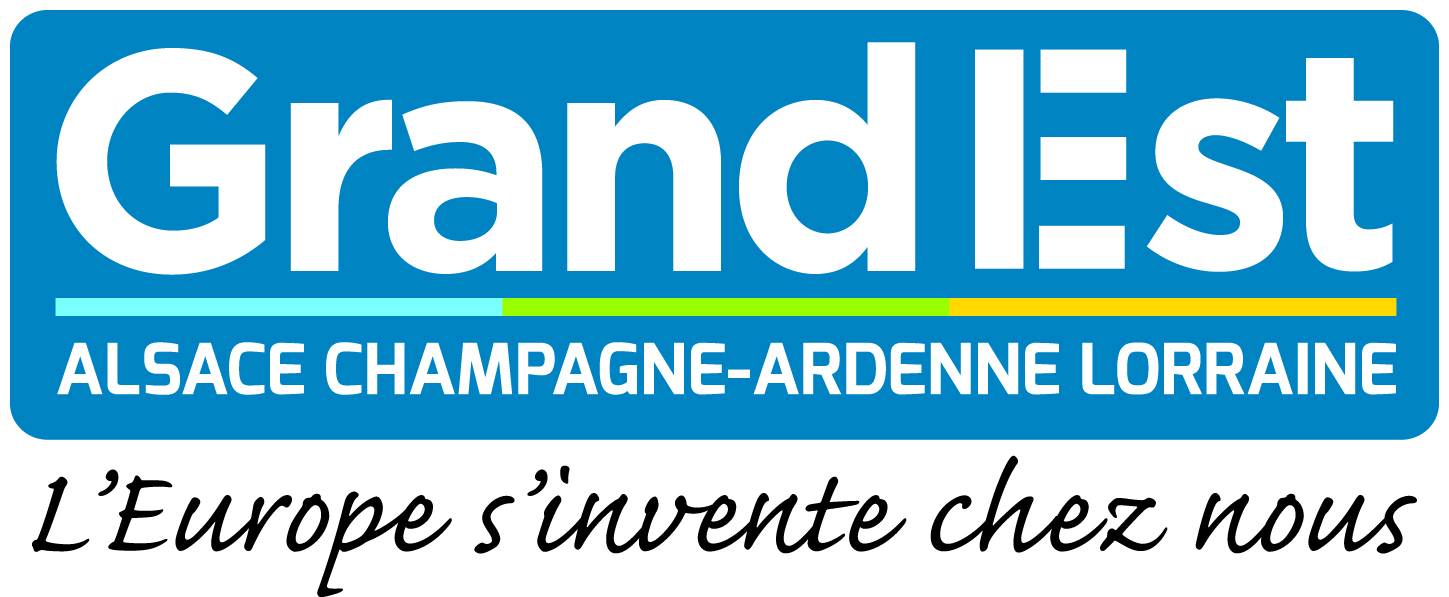
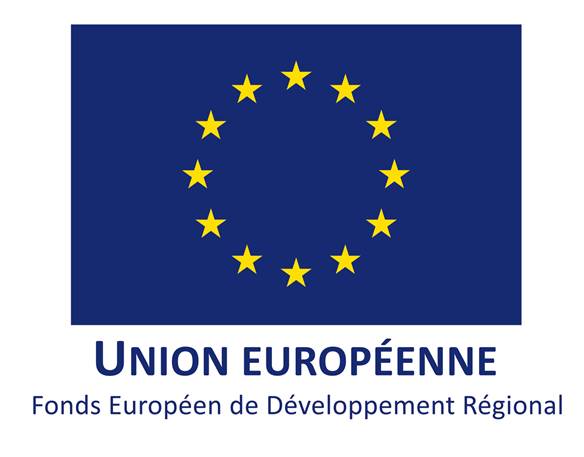
Drone de Mesures Magnétiques pour l’Archéologie – D.R.O.M.M.A.
The DROMMA project consists of developing an airborne magnetic measurement solution dedicated to preventive and programmed archaeology.
The objective is to break free of existing constraints with current survey methods. The contribution of the drone vector is twofold: less than one meter from the ground, it is not affected by ground conditions, which should make it possible to obtain more reliable and faster data than on the ground. Between 1 meter and aircraft flight altitude, the UAV can provide new measurement and interpretation scales for all applications.
A solution dedicated to preventive archaeology
The advantage of turning to preventive archaeology in this project is also twofold: archaeology is a promising market, which fits into spatial planning projects, but it is also a discipline that will make it possible to provide the evidence on which we can rely: opening up the ground will help to consolidate the measurements obtained by the drone and thus justify the quality of the data.
The DROMMA project is thus a technological, scientific and economic meeting point that has as its main objective to provide a method for the detection of archaeological remains, on a large scale, at high resolution and at a low economic cost per hectare covered, while freeing itself from significant constraints.

